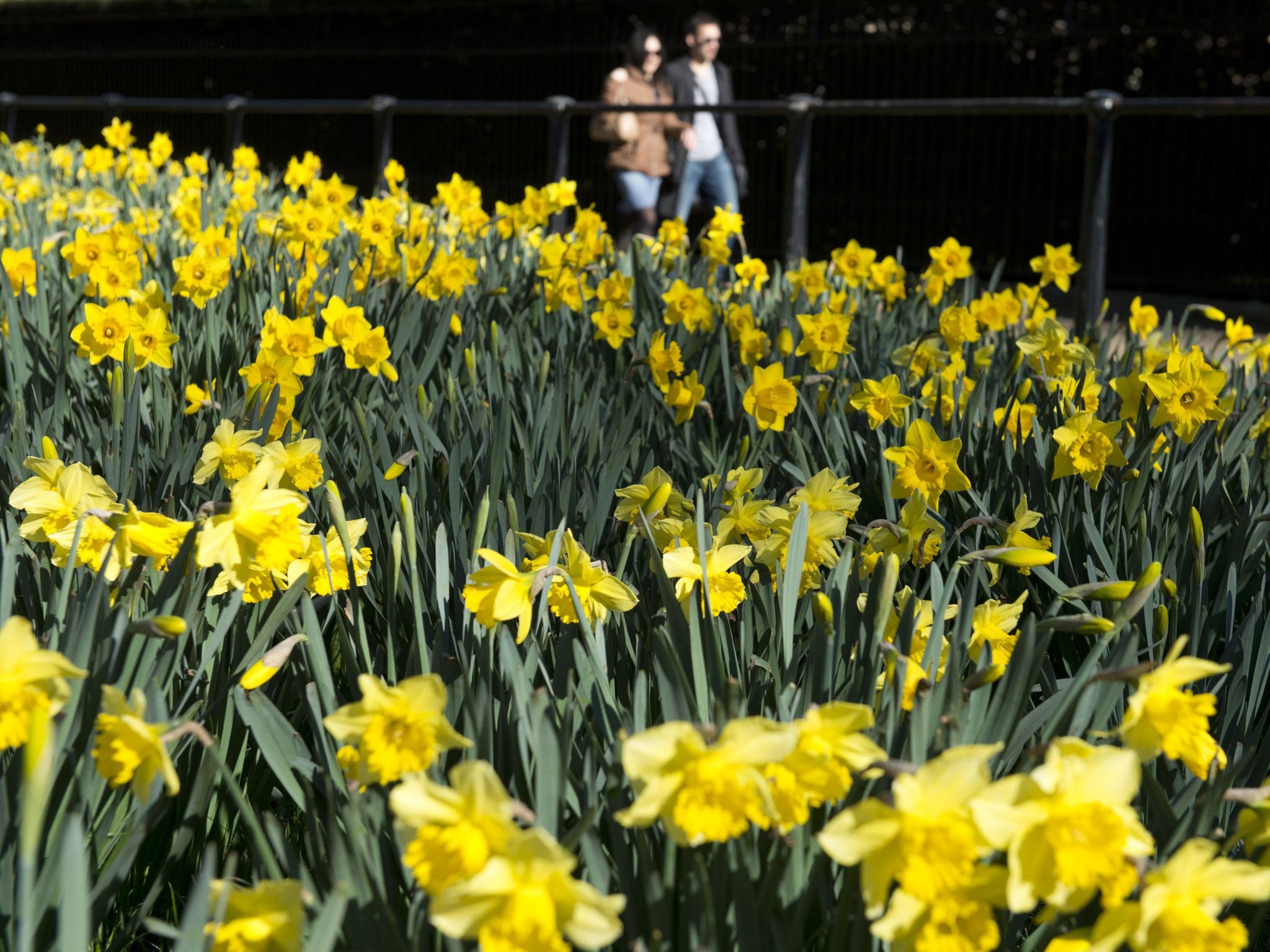
Today the northern hemisphere is celebrating the first day of spring, an event marked by the spring - or vernal - equinox. Humans have been celebrating this day in various forms for thousands of years, but what actually is an equinox?
In the most basic terms an equinox is when the length of the night and the length of the day are roughly equal. There are two equinoxes (one in March for the beginning of spring and one in September for the beginning of autumn) and the word itself comes from the Latin for equal (‘aequus’) and night (‘nox’).
The ‘opposite’ of an equinox is a solstice – another pair of biannual events which occur in the middle of winter and summer when the Sun appears at its lowest or highest point in the sky. Each of these four days occur at roughly equal time periods, marking major transitional points as the Earth orbits the sun.
These transitions (and the season themselves) are caused by the Earth’s axial tilt. Axial tilt is best understood with the help of a quick thumbs up.
Hold your hand in a thumbs up position in front of you and tilt it backwards slightly (at a jaunty 23 degree angle if you want to be precise): your fingers are now pointing in the direction of the earth’s rotation and your thumb indicates the north pole. Your hand is still upright, but spinning in a skewed direction.
This tilt means that different parts of the planet are exposed to different amounts of sunshine as the Earth orbits the Sun. It isn't entirely clear why there is a tilt in the first place; some astronomer suggest it could be to do with the uneven distribution of matter (most of it in the Northern Hemisphere) while others say the Earth was knocked off its axis by an early collision with another celestial body.
Humans living thousands of years may not have known the details of this astronomy, but over generations they certainly learnt that the Earth gets warmer and colder in pretty regular cycles, with the spring equinox marking one point when the Northern Hemisphere begins to shrug off winter’s cold.
Warmer temperatures thaw frozen ground to make it easier for planting crops, increased rainfall waters these and animals that hibernated over winter emerge from their dens. There might not be anything mystical about the coming of the spring time, but in purely biological terms the Earth is indeed coming back to life.
For this reason it’s no surprise spring coincides with Passover in the Jewish faith (commemorating the release of the Jewish people from slavery in Egypt) and Easter in the Christian calendar (celebrating the resurrection of Christ after his crucifixion). As the American comedian Robert Orben said : “Spring is God's way of saying, 'One more time!'”
Join our commenting forum
Join thought-provoking conversations, follow other Independent readers and see their replies
Comments